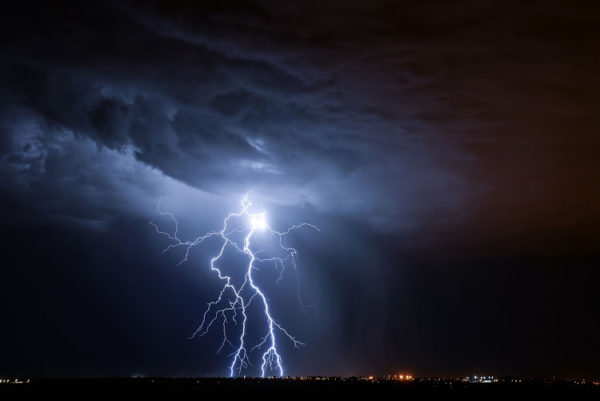Lifestyle
8 common types of storms around the world
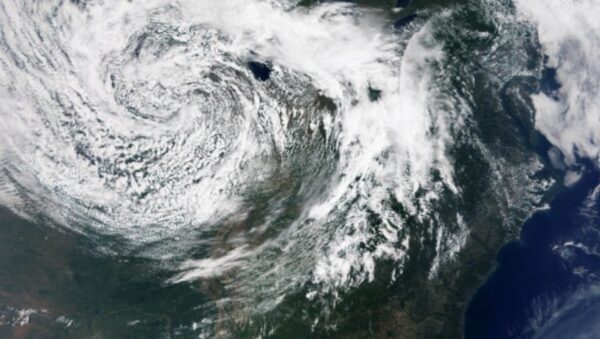
We often come across headlines like “Cyclone alert issued” or “Dust storm disrupts flights.”
Whether it’s a sudden thunderstorm, a cyclone forming over the ocean, or a dust storm rolling in from dry lands, different parts of the world are seeing a wide range of extreme weather events.
Each type of storm has its own pattern and impact. Some bring heavy rain, others stir up strong winds, or fill the air with dust.
Knowing the difference can help us understand the world’s changing weather better– and prepare for it.
Here’s a simple and easy-to-follow breakdown of eight major types of storms that occur around the world.
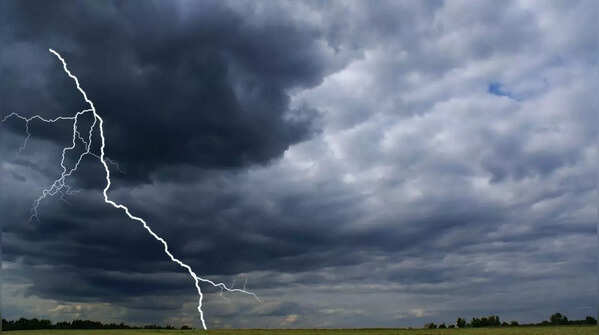
1. Thunderstorms
Thunderstorms are one of the most common types of storms we see. They happen when warm, moist air rises quickly and cools down, forming dark clouds and rain. They often bring lightning, thunder, strong winds, and sometimes even hail. Even though they don’t last very long, they can still cause power cuts, waterlogging, and damage in local areas.
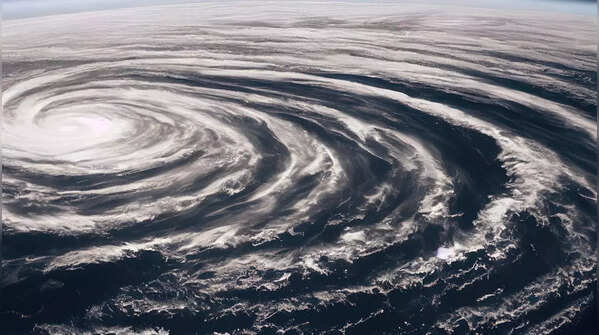
2. Cyclones
Cyclones are huge storm systems that form over warm ocean waters. They usually bring very strong winds, heavy rain, and can lead to serious flooding, especially in coastal areas. States along the coastline often face the biggest impact, but if the cyclone is strong enough, it can cause damage even far away from the sea.
3. Tornadoes
Tornadoes are powerful windstorms that look like spinning funnels reaching from the sky to the ground. Unlike cyclones, tornadoes affect smaller areas, but wherever they hit, they can cause serious damage in a very short time.
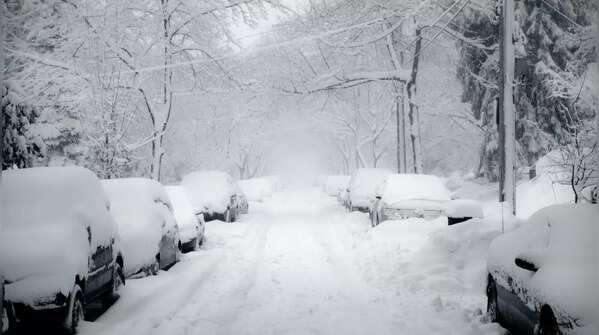
4. Blizzards
Blizzards bring heavy snowfall along with strong winds, often cutting down visibility to near zero. They usually hit mountainous and high-altitude areas during winter, making travel dangerous, blocking roads, and even disrupting air traffic.

5. Windstorms
Windstorms happen when there’s a sudden difference in air pressure between regions. They may not always bring rain, but the strong winds alone can cause damage, uprooting trees, damaging buildings, and disrupting power lines. These storms are especially common during seasonal changes.
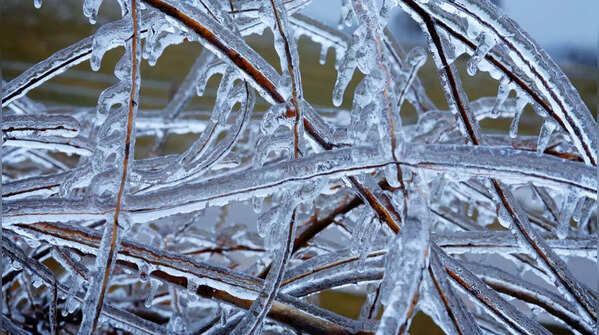
6. Ice Storms
Ice storms happen in places with freezing temperatures and usually involve rain that freezes on contact. This creates a thick layer of ice on roads, trees, and power lines. These storms can make travel dangerous and often cause power outages due to fallen branches and damaged wires
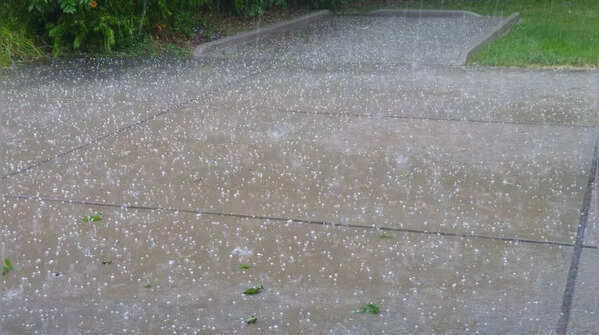
7. Hailstorms
Hailstorms happen when strong winds push raindrops high into very cold areas of the atmosphere, turning them into balls of ice. These icy pellets can fall suddenly and cause damage to crops, vehicles, rooftops, and glass windows. They usually occur during warmer months before the rainy season begins
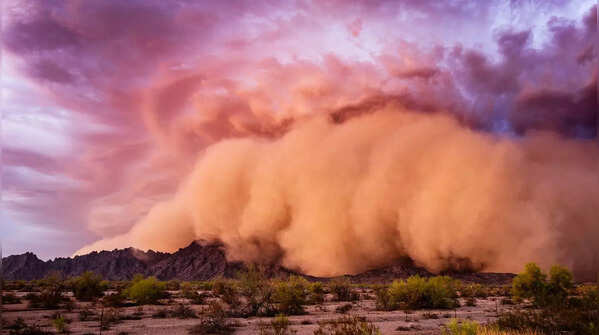
8. Dust Storms
Dust storms happen when strong winds pick up dry soil and sand into the air. They lower visibility and can cause breathing problems. Around the world, dust storms are common in deserts like the Sahara, the Middle East, and parts of the US, where they can also disrupt travel and affect health.


